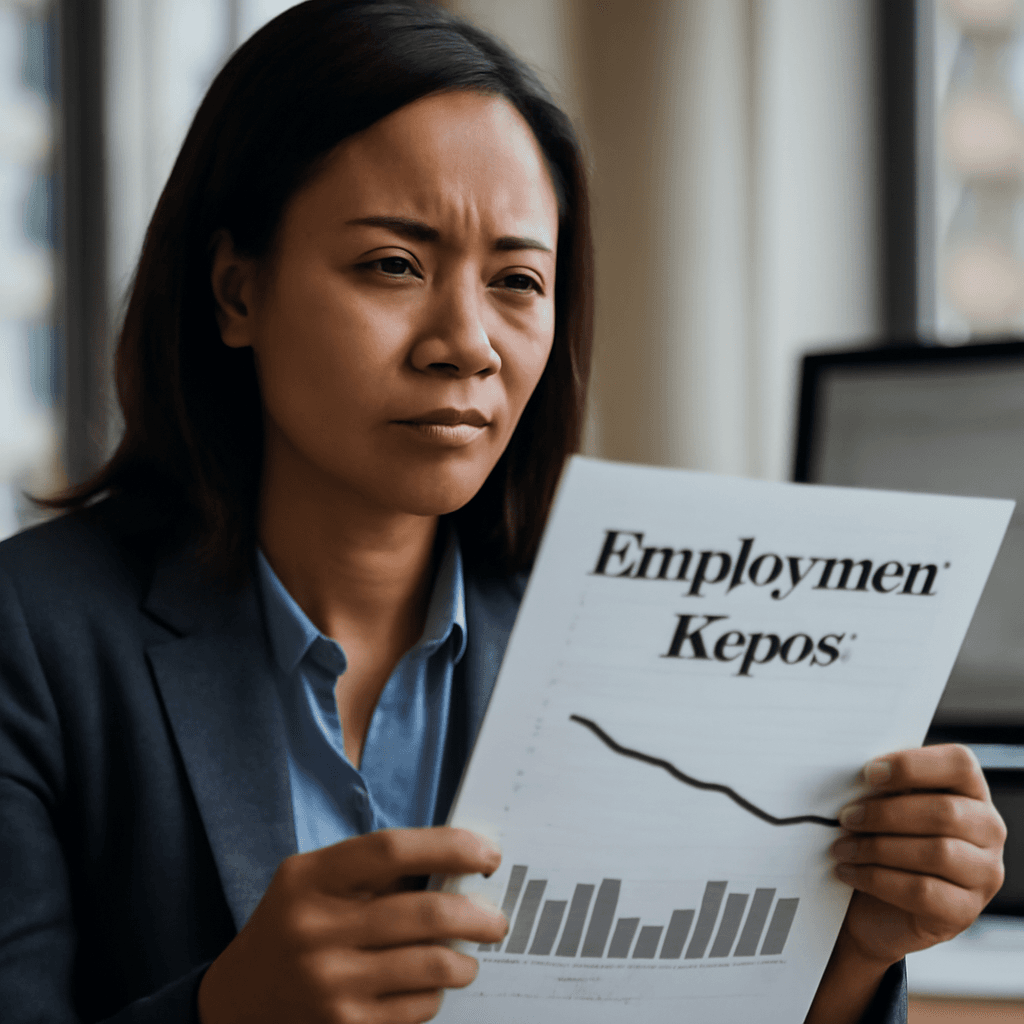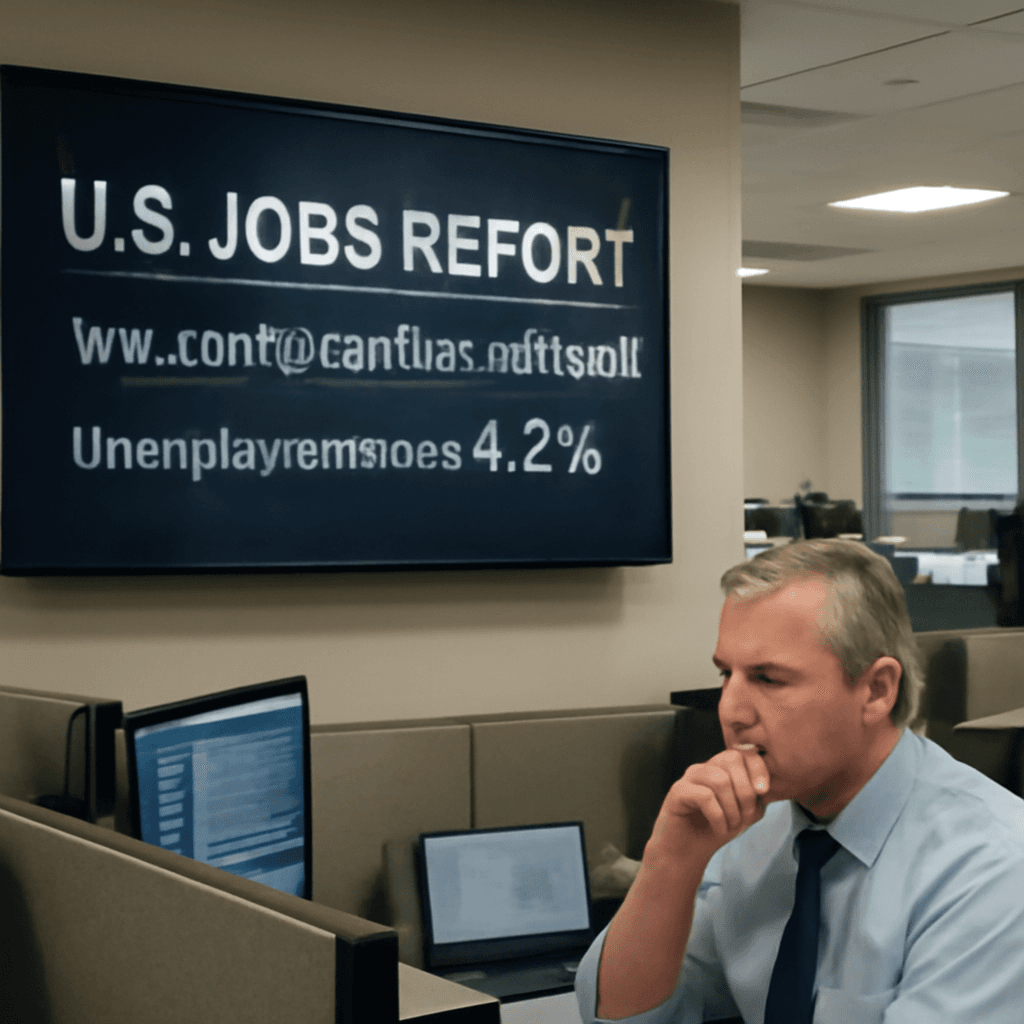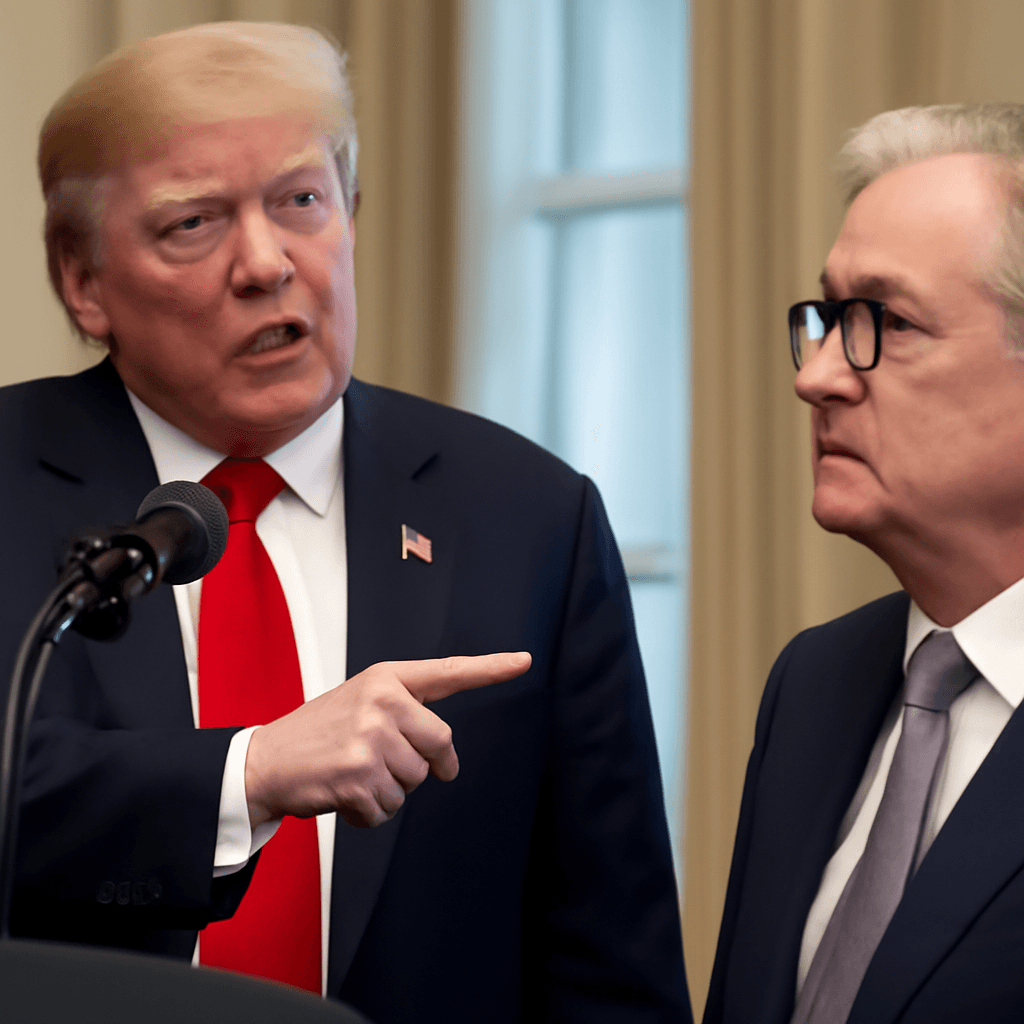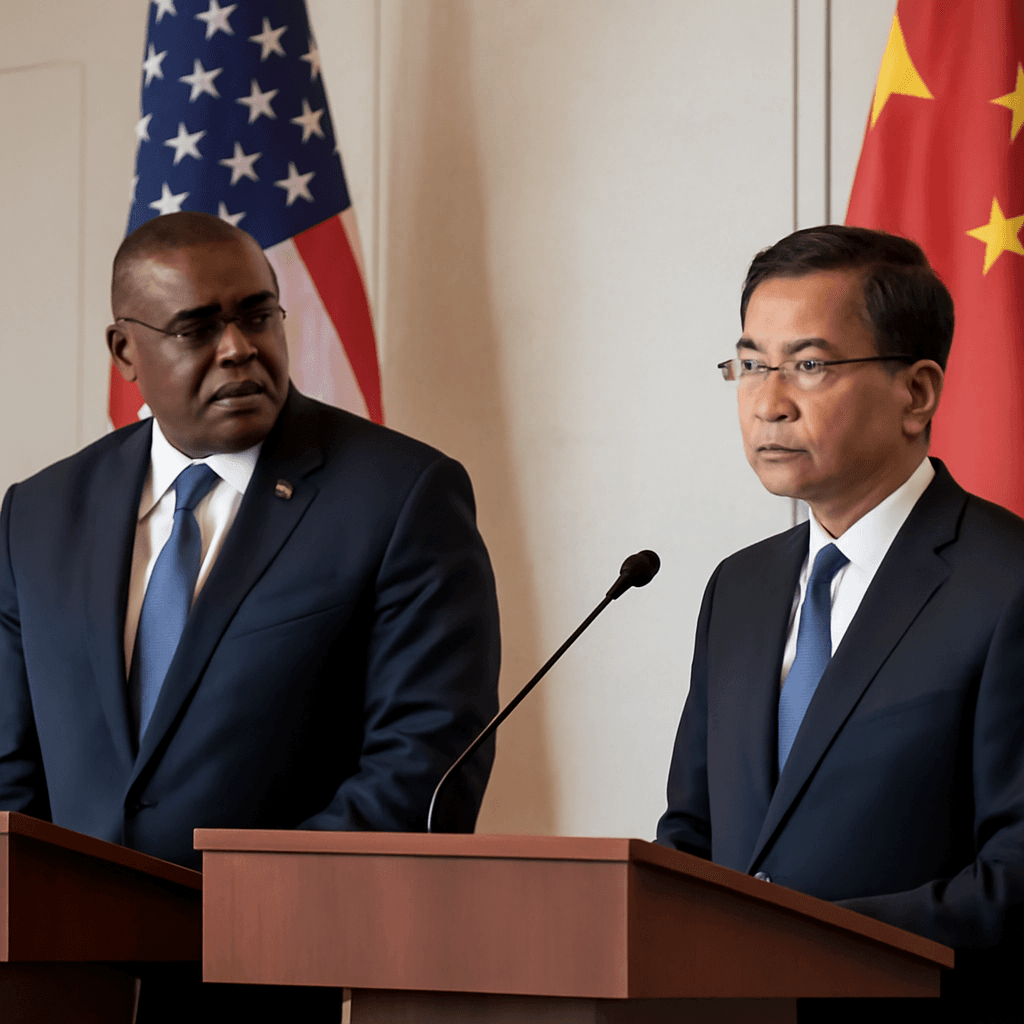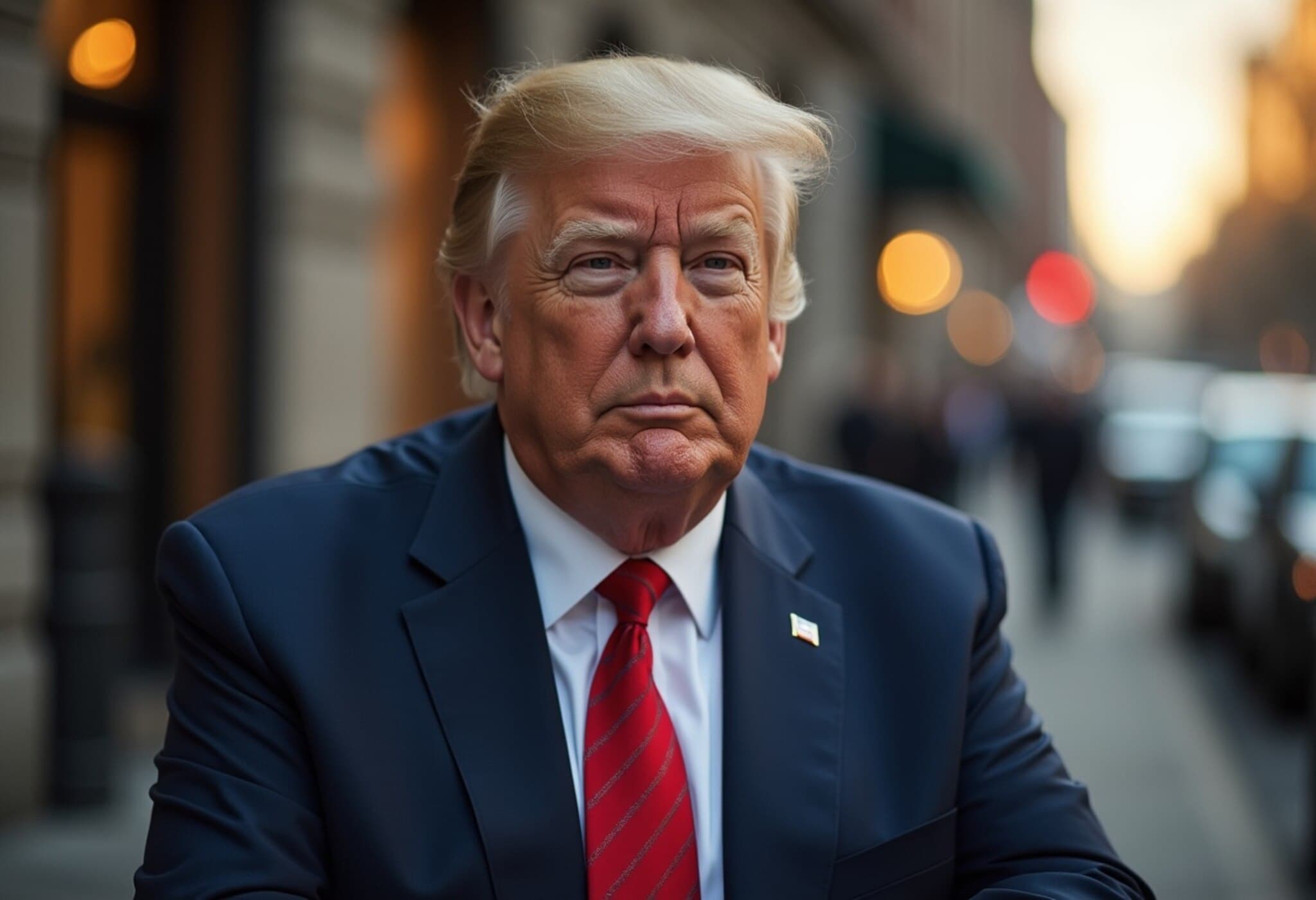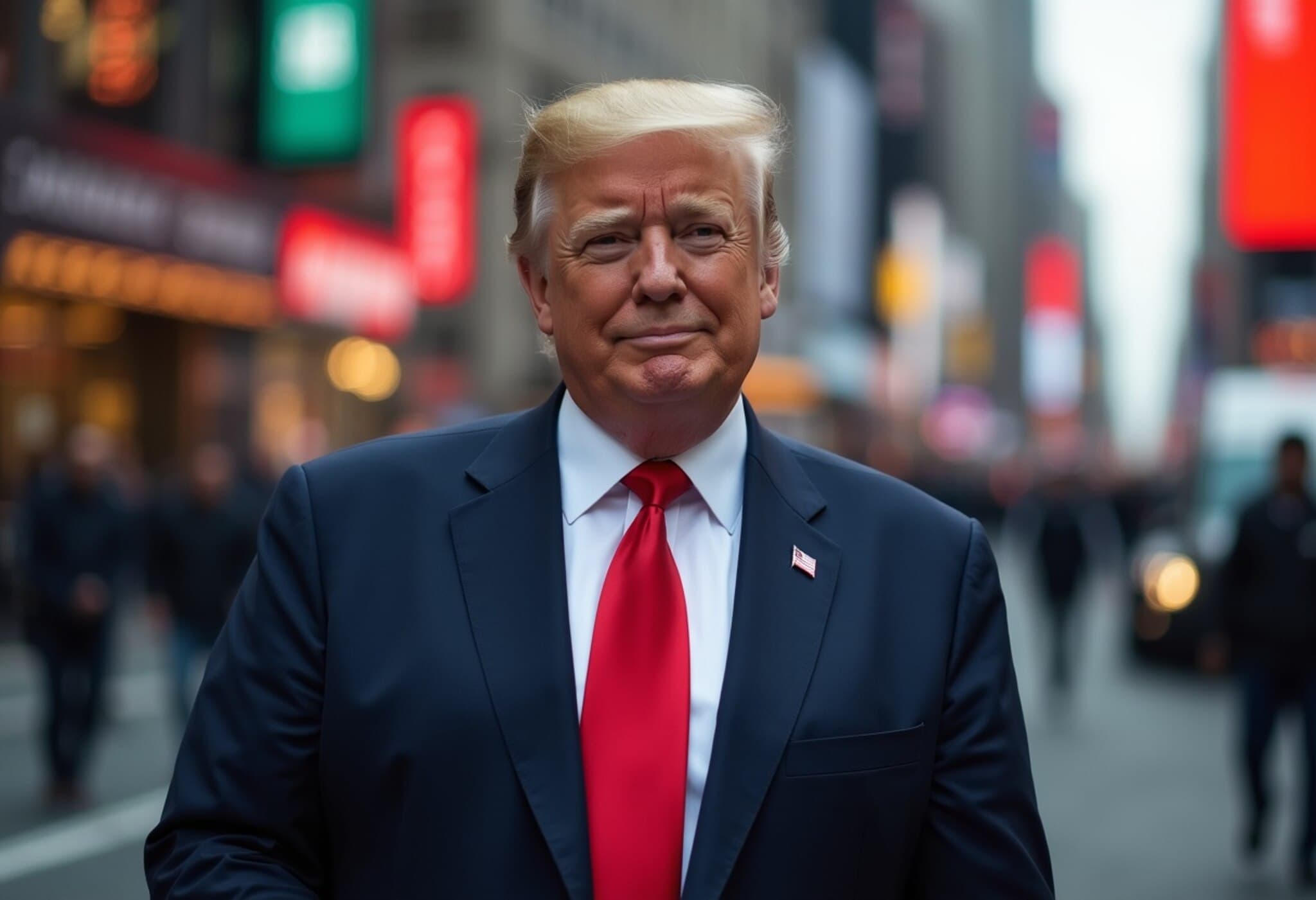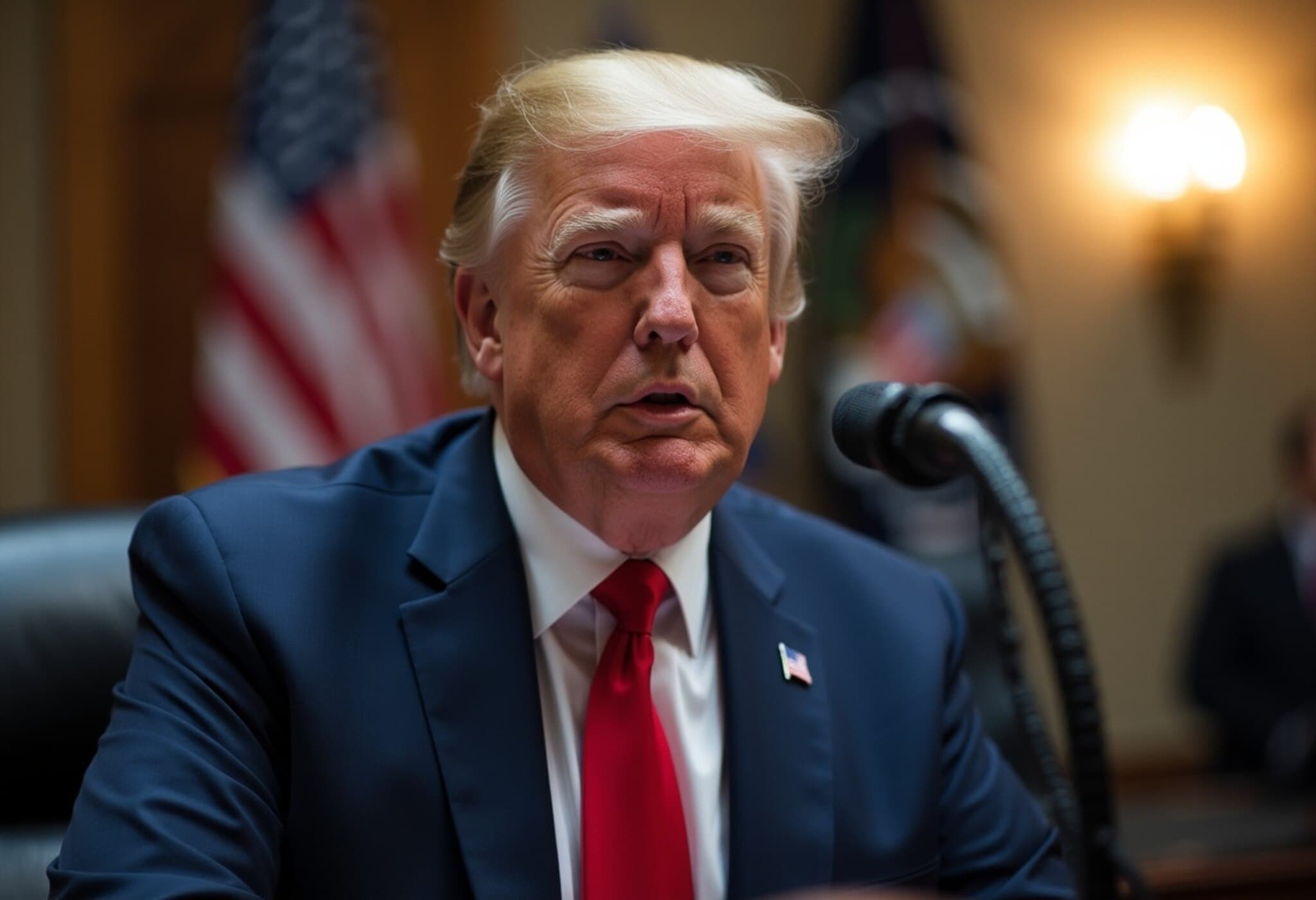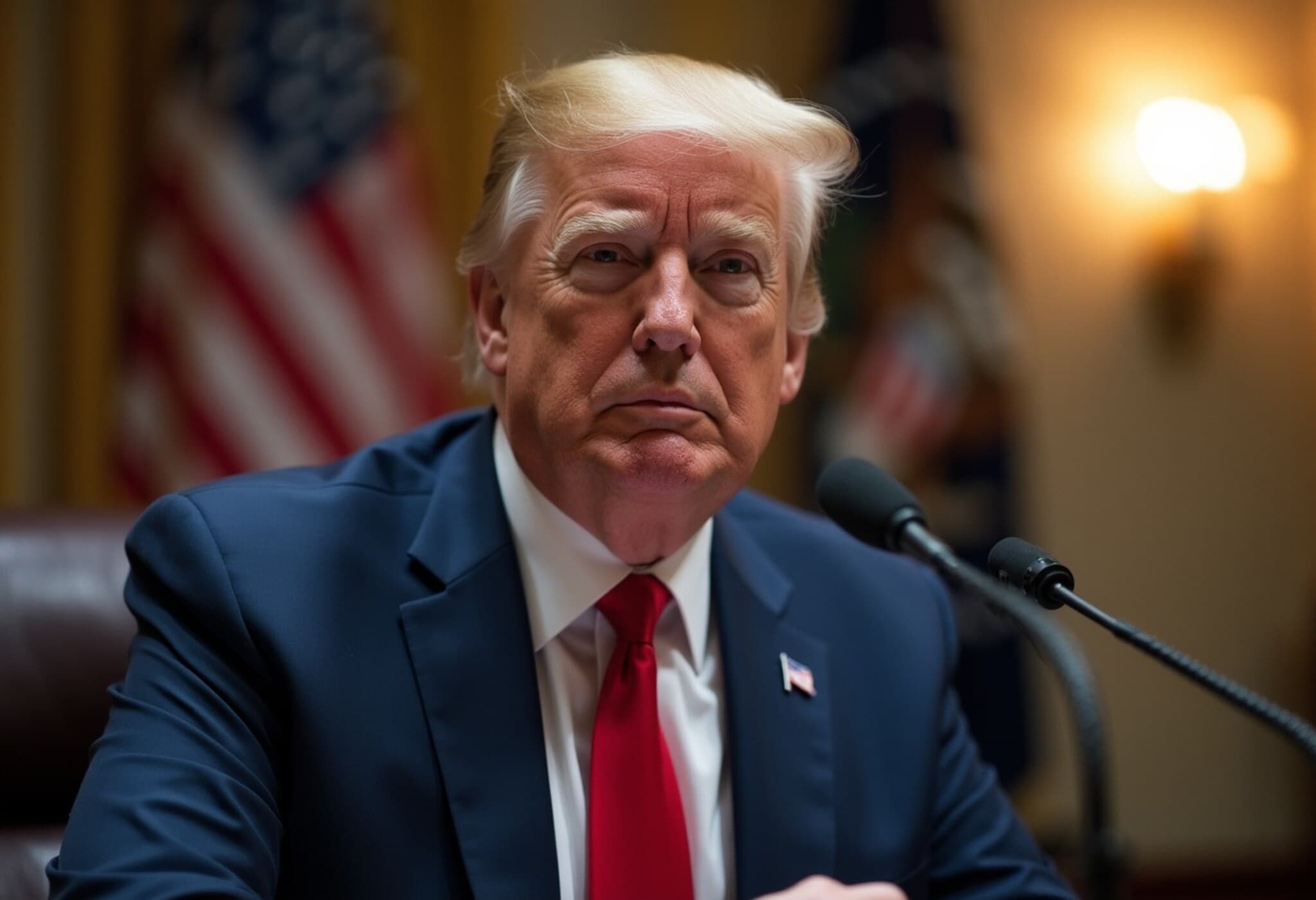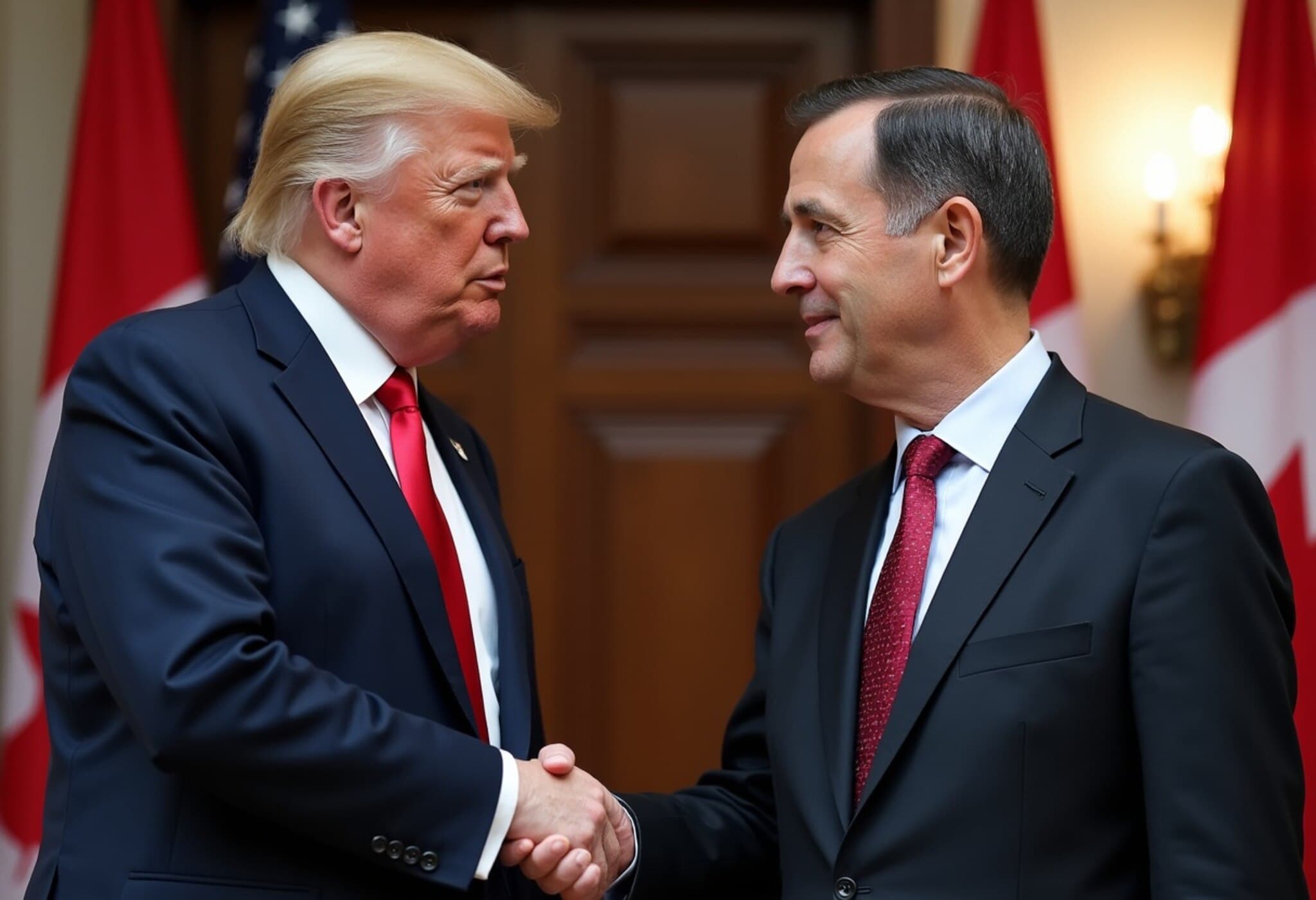Graduates Grapple with a Stark Job Market Reality
As the class of 2025 steps out of university halls into the workforce, many are describing their job search experience as a "black hole." Despite holding degrees in fields historically considered high-growth — like computer science and engineering — recent graduates find themselves navigating what feels like a rapidly closing door to employment.
The Numbers Tell a Sobering Story
Federal Reserve Bank of New York data reveals an increasingly difficult job market for new entrants. With an unemployment rate among recent graduates rising to 5.3%, compared to the general labor force’s steady 4%, this stands as one of the toughest environments since 2015.
Economist Jaison Abel explains, "Recent college graduates are on the margin of the labor market, so they’re the first to feel the impact when hiring slows." This sentiment is echoed by the fact that only 73,000 jobs were added nationwide in July, marking the slowest hiring pace since the pandemic's onset.
Why the Hiring Freeze?
- Economic uncertainty: Employers remain cautious amid shifting federal economic policies, including tariff changes and spending cuts. This hesitancy is particularly pronounced in entry-level hiring.
- Technological disruption: The early adoption of artificial intelligence is reshaping job roles, especially in tech and customer service, leading some companies to cut roles rather than hire new personnel.
- Labor market saturation: Companies who expanded rapidly during the pandemic are now retracting, creating a flood of job seekers competing for fewer openings.
Mark Hamrick, a senior Bankrate analyst, warns, "This will require recent entrants and even seasoned workers to exercise patience and strategic diligence as they pursue employment."
Voices from the Field: Stories of Resilience and Reality
Adam Mitchell, 23, Computer Science Graduate from Atlanta
Adam's experience disrupts the myth of guaranteed tech jobs post-graduation. Despite internships and a computer science degree from Georgia State University, he applied for over 100 roles with minimal success. Notably, offers were limited to non-tech jobs, such as a 4 a.m. Starbucks shift. Tech firms like Meta and Cisco have cut over 130,000 jobs in 2025, partly due to AI integration and economic shifts.
Adam reflects, "I thought my internships would open doors instantly; instead, it's a grind with no guarantee. The tech landscape might never return to its previous form."
Anthony Young, 26, Power Plant Management Graduate from Kansas
Anthony’s story highlights geographical and industrial challenges. Despite a specialized degree, local job losses from major employers like Tyson and Michelin have elevated the regional unemployment rate to 5.8%, the state's highest.
As housing and living costs soar, Anthony is retraining as an electrician, facing long apprenticeships and commute burdens. "We live paycheck to paycheck, even though my wife earns a substantial salary," he notes, reflecting a wider trend of wage stagnation amidst rising expenses in small-town America.
Sabrina Highfield, 25, Master’s Degree in Design, Texas
Sabrina’s pursuit of a higher salary through graduate education backfired in a market offering few relevant opportunities. After 1,000 applications and just two interviews, she works an entry-level public benefits role in Snyder, Texas, far from her design ambitions.
She comments, "The job market feels like a black hole. Despite tailoring resumes and cover letters, the disconnect between degrees and available jobs is stark. Surface data doesn’t capture Gen Z’s struggle deeply enough."
Oliver Dolabany, 22, Operations and Information Management Graduate from Miami
Oliver epitomizes fierce competition where luck often outweighs qualifications. Despite strong academics and leadership roles during college, his six-month hunt yielded zero offers. He now eyes entrepreneurship in skincare while keeping job applications active.
"Getting a job feels like being the luckier candidate rather than the more qualified one," he shares, highlighting the unpredictable nature of today’s hiring.
Jaylah Dorman, 22, Health Education Graduate from North Carolina
In contrast, Jaylah secured a clinical research role thanks to a solid professional network and a degree in a still-growing healthcare sector. However, she remains concerned about policy shifts and funding cuts that cast shadows over public health opportunities.
She observes, "Many peers are opting for graduate school, confirming that this is one of the worst times to graduate. The ripple effects of federal budget cuts are palpable in public health hiring."
Saida Lopez-Rosales, 26, Elementary School Teacher, Chicago Suburbs
Among the few success stories, Saida landed a teaching job amid a national shortage of educators. Yet even here, the competition is mounting as school district layoffs loom. Despite a reasonable salary, high living costs drive her to live with her parents.
"I expected to be independent by now," she says, "but the economic reality demands flexibility. It’s tough but we adapt."
What Does This Mean for the Future?
The stories of these recent grads paint a multifaceted picture: a labor market slog marked by economic and technological disruption, regional disparities, and evolving workforce demands. For policymakers and educators, these trends raise critical questions:
- How can education institutions better prepare students for an unpredictable job landscape?
- What support systems are necessary to bridge the gap between graduation and gainful employment?
- How will rising automation reshape the nature of entry-level roles traditionally held by graduates?
Moreover, the lingering impact of inflation, housing affordability, and regional economic decline compounds graduates’ challenges, making economic mobility a steep climb.
Editor’s Note:
As fresh graduates confront an unforgiving job market, their experiences reveal more than numbers—they reflect shifting social and economic realities. This moment demands nuanced understanding and proactive strategies from stakeholders across sectors. For job seekers, resilience, adaptability, and broadening skill sets may be key. For society, ensuring equitable pathways to opportunity is paramount to not lose a generation poised for leadership.
Readers are encouraged to reflect: How might this labor market reshape careers, education, and regional economies in the years to come? And what concrete actions can help ease these generational growing pains?



